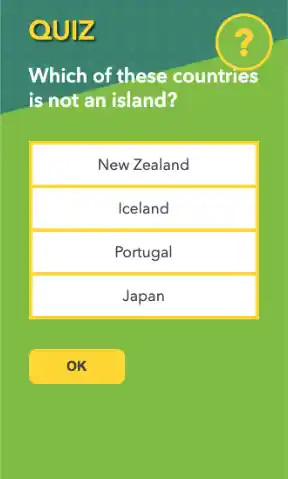Components
The Arc of Learning
What are the Components of The Arc of Learning?
The arc serves to guide the collaborative practice we have developed at Pleasant View and is representative of the learning journey students take as they complete a project.
Interest Gathering
Teachers then have the individual and collective answers to what their students are really interested in life or want to learn, so they can then plan the class’ project proposals considering their interests as well as their content and skills development needs. It is important that teachers are flexible in order to understand potential questions and ideas from students, actively listening to what they are expressing and even to justify why an interest is included or not in a project proposal.
“Head, Heart, Hand” – students draw a human body and write down interests that represent:
- their thoughts (head),
- their feelings (heart),
- hands-on ideas for games and movement (hand).
An example of an Interest Gathering activity that could be used with 3rd graders:
Do they know the answer?
Are they curious about Geography and maps?
What do they know about these four countries?
Where are they located etc.?
Source: https://www.natgeokids.com/uk/category/discover/science

Present the compiled information on the topics using different materials and media, such as mind maps, flowcharts and design thinking strategies. Discuss with the group via brainstorms and provocations.
Learning Outcomes and The Deliverable
The deliverable can take on a variety of forms, independent of one another or in combination, including:
- presentations,
- videos productions,
- written reports, posters,
- podcasts,
- literary productions,
- dramatic performances, etc.
Whatever the form, the deliverable serves as a student’s opportunity to demonstrate his/her learning in a creative way; featuring the skills and competencies developed through the project, showcasing language acquired, as well as the habits of success cultivated.
The deliverable should directly address the driving question or real-world problem initially stated and reflect the students’ learning journey.
Example:
Teachers and students dive into a shared reading of a newspaper article about problematic sleeping patterns and how it relates to the brain’s functions. The students start to question the human body and how it functions. They ask questions about the reasons we yawn, why we feel certain aches, what causes hunger and how we feel certain emotions when we are happy, sad or in love. Mind maps and lists can be created and used.
The following week, teachers bring some extra information and images and, after analyzing everything, they collectively decide that it will be a great opportunity for them to understand human reactions through learning and understanding the concept of the chemical reactions that occur in the human body and inside the brain.
They then decide to start a project enabling a deep investigation of what can be done to help people often stressed have a better night’s sleep, including their own parents.
The final product in this case, defined as an artistic representation of the research, either 2D or 3D for a final exhibition event.
Activities and Tasks
A variety of learning experiences can be utilized, including but not limited to:
- research
- hosting a guest speaker in the classroom
- conducting interviews
- teacher-led direct instruction
- small group discussions
- socratic seminars
- formulating and testing a hypothesis
- writing

